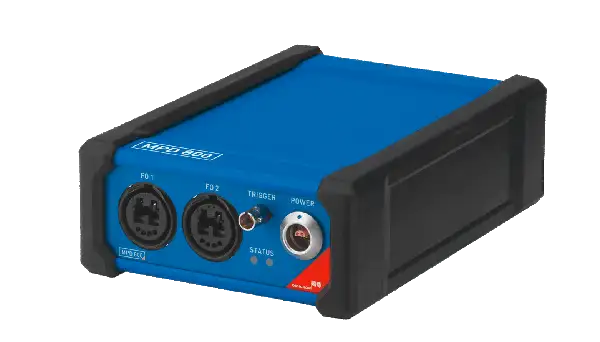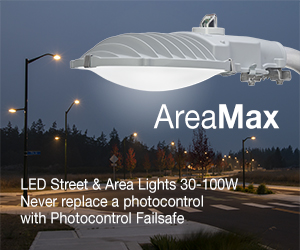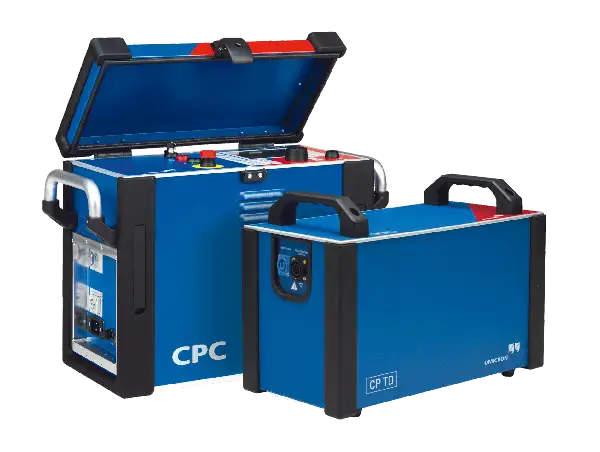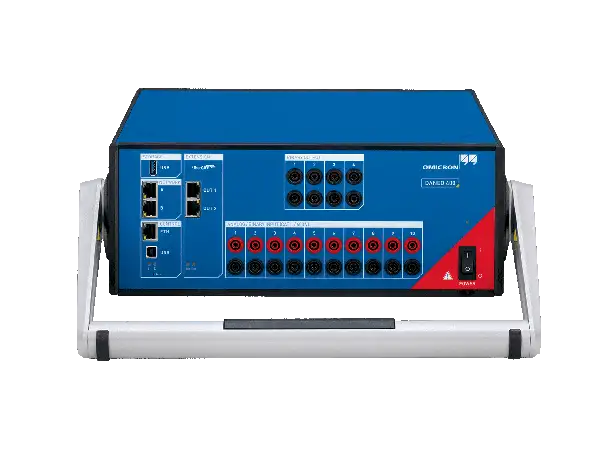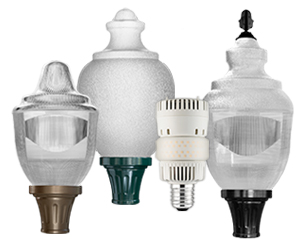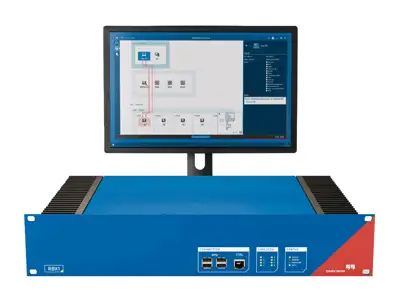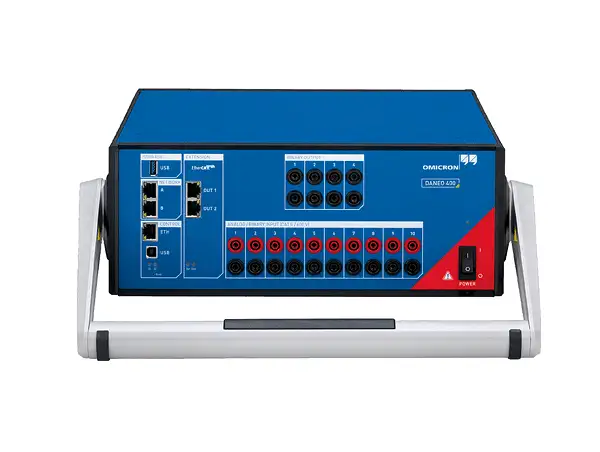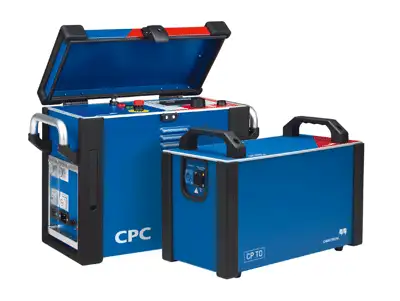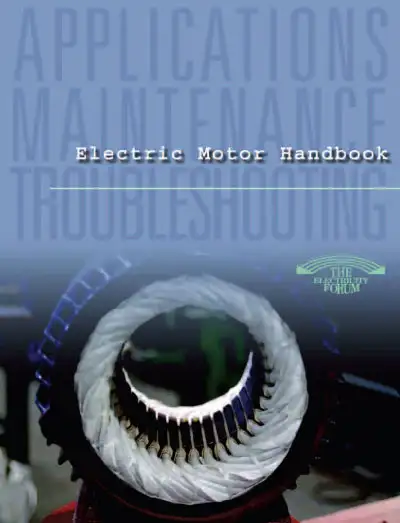IEEE 1584 - Arc Flash Calculations
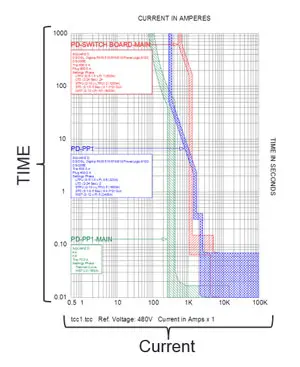
The 2018 edition of IEEE 1584 is a critical standard for improving electrical safety in industrial and commercial environments. This standard provides comprehensive guidelines for performing arc flash hazard calculations, helping to identify and mitigate the risks associated with arc flash incidents. In this article, we will explore the essential aspects of the standard, its impact on electrical safety, key changes in its latest version, and its integration with other safety standards like NFPA 70E.
What is IEEE 1584 and What Does It Cover?
IEEE 1584, known as the IEEE Guide for Performing Arc Flash Hazard Calculations, is a standard that outlines the methodologies for conducting arc flash analysis. It covers various aspects, including the calculation methods for determining incident energy, arc flash boundaries, and the necessary personal protective equipment (PPE) to ensure worker safety. The standard takes into account factors such as bolted fault conditions, electrode configuration, and enclosure size, providing a detailed framework for assessing arc flash hazards.
How Does IEEE 1584 Impact Electrical Safety Practices?
The implementation of the standard significantly enhances electrical safety practices by providing a scientific and systematic approach to arc flash analysis. By following the standard's guidelines, organizations can accurately determine the potential incident energy and establish safe working distances, known as arc flash boundaries. This information is crucial for selecting appropriate PPE and implementing safety measures that protect workers from severe injuries caused by arc flash incidents. Furthermore, the standard promotes a culture of safety by ensuring that all personnel are aware of and adhere to the established safety protocols.
What Are the Key Changes in the Latest Version of IEEE 1584?
The 2018 edition of the standard introduced several key changes to improve the accuracy and applicability of arc flash hazard calculations. One significant update is the inclusion of more detailed calculation methods that account for various electrode configurations and enclosure sizes. The latest version also provides refined models for predicting incident energy and arc flash boundaries, incorporating new research and data to enhance the reliability of the analysis. Additionally, the standard now emphasizes the importance of insulating barriers and other protective devices in mitigating arc flash hazards.
How Do You Perform Arc Flash Hazard Calculations According to IEEE 1584?
Performing an arc flash hazard calculation according to the standard involves several critical steps:
- Data Collection: Gather detailed information about the power system, including short circuit currents, electrode configurations, and working distances.
- Calculation Methods: Use the standardized equations and methodologies provided in the standard to calculate incident energy and arc flash boundaries. These calculations consider factors such as bolted faults and the presence of insulating barriers.
- Analysis: Evaluate the results to determine the appropriate arc flash boundary and the necessary PPE for workers. The analysis should also consider the impact of various protective devices and enclosure sizes on the arc flash hazard.
- Documentation: Record all findings and ensure that they are communicated to relevant personnel. This includes updating safety procedures and ensuring that all workers are trained in the new safety measures.
Fault Currents Above Maximum Value
For bolted fault current exceeding 106 kA (up to 600 V) or 65 kA (601 V to 15 kV), application of the equations can yield non-conservative results and it is recommended that the IEEE 1584-2018 equations not be used.
How Does IEEE 1584 Integrate with Other Safety Standards Like NFPA 70E?
The standard works in conjunction with other safety standards, particularly NFPA 70E, to provide a comprehensive approach to electrical safety. While IEEE 1584 focuses on the technical aspects of arc flash hazard calculations, NFPA 70E outlines the safety practices and PPE requirements that must be implemented based on the results of those calculations. Together, these standards ensure that organizations can accurately assess arc flash risks and implement effective safety measures to protect workers. The integration of the standard's detailed analysis with NFPA 70E's practical safety guidelines creates a robust framework for managing electrical hazards in the workplace.
In conclusion, the 2018 edition of the standard is a vital tool for enhancing electrical safety through precise arc flash hazard calculations. By understanding and implementing the standard's guidelines, organizations can significantly reduce the risk of arc flash incidents and ensure a safer working environment. The key changes in the latest edition, combined with its integration with NFPA 70E, provide a comprehensive and up-to-date approach to managing electrical safety hazards.
EF PARTNER MEDIA
Videos
Product Showcases
Shared Media




